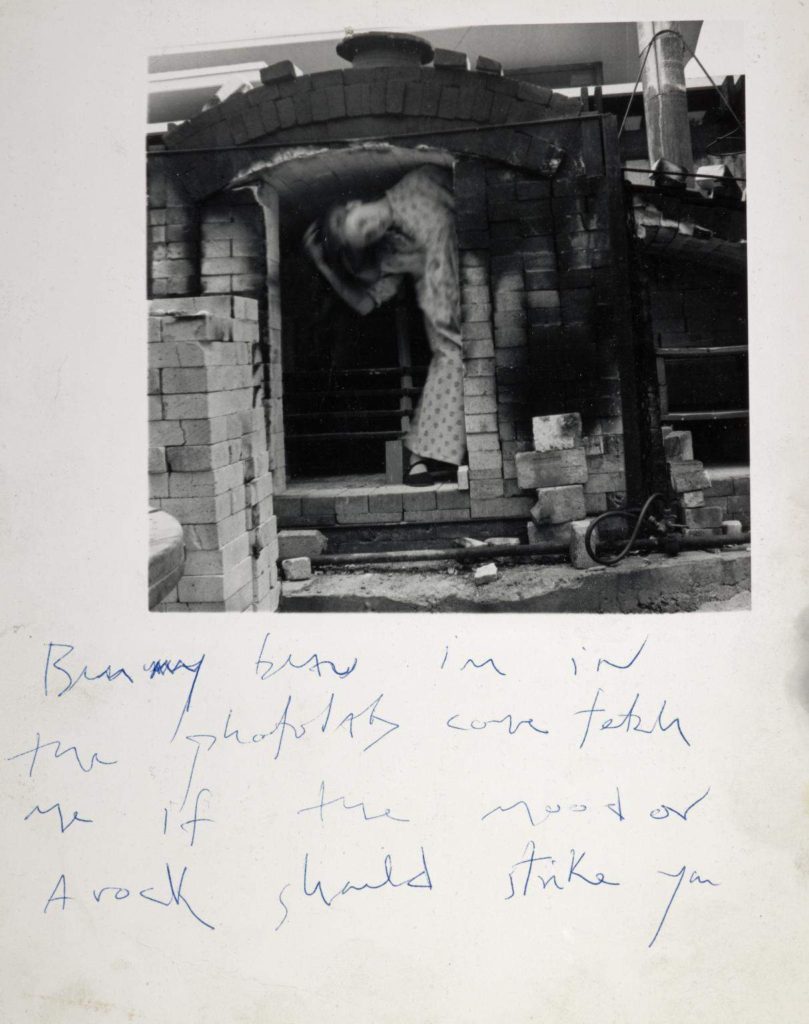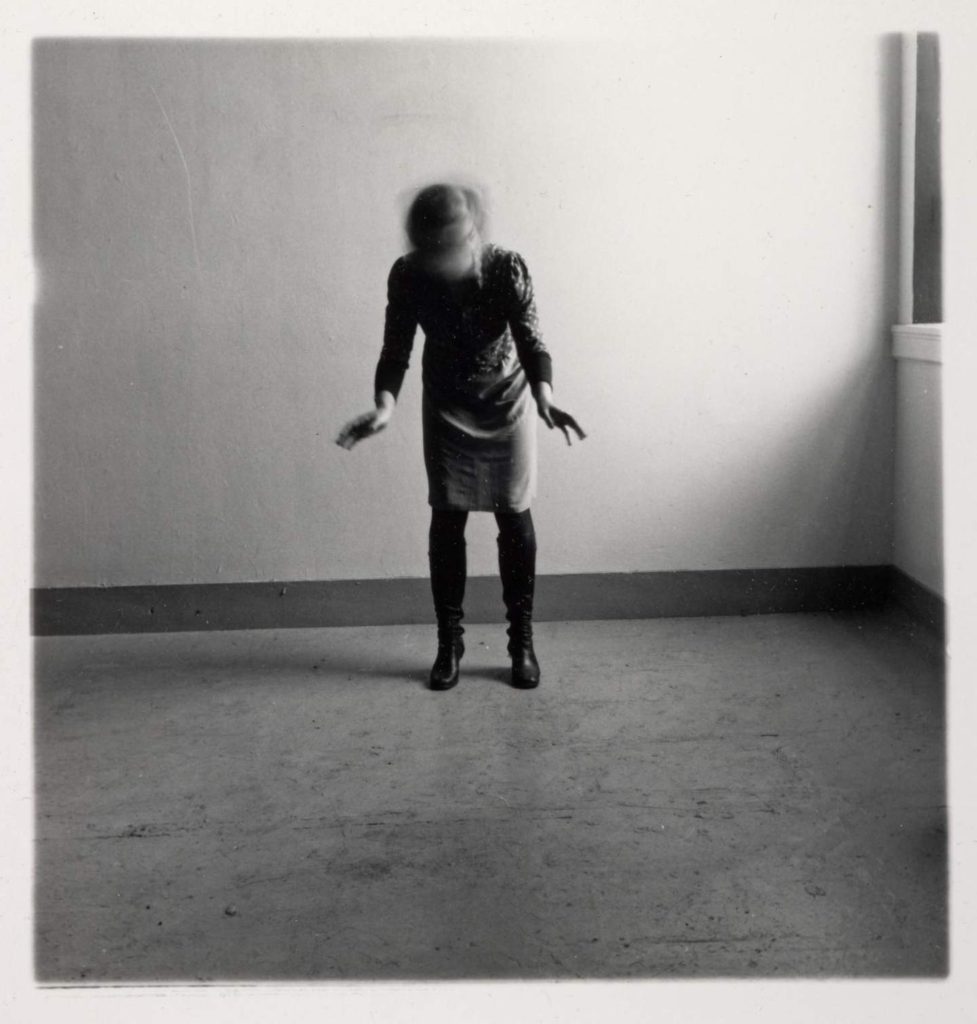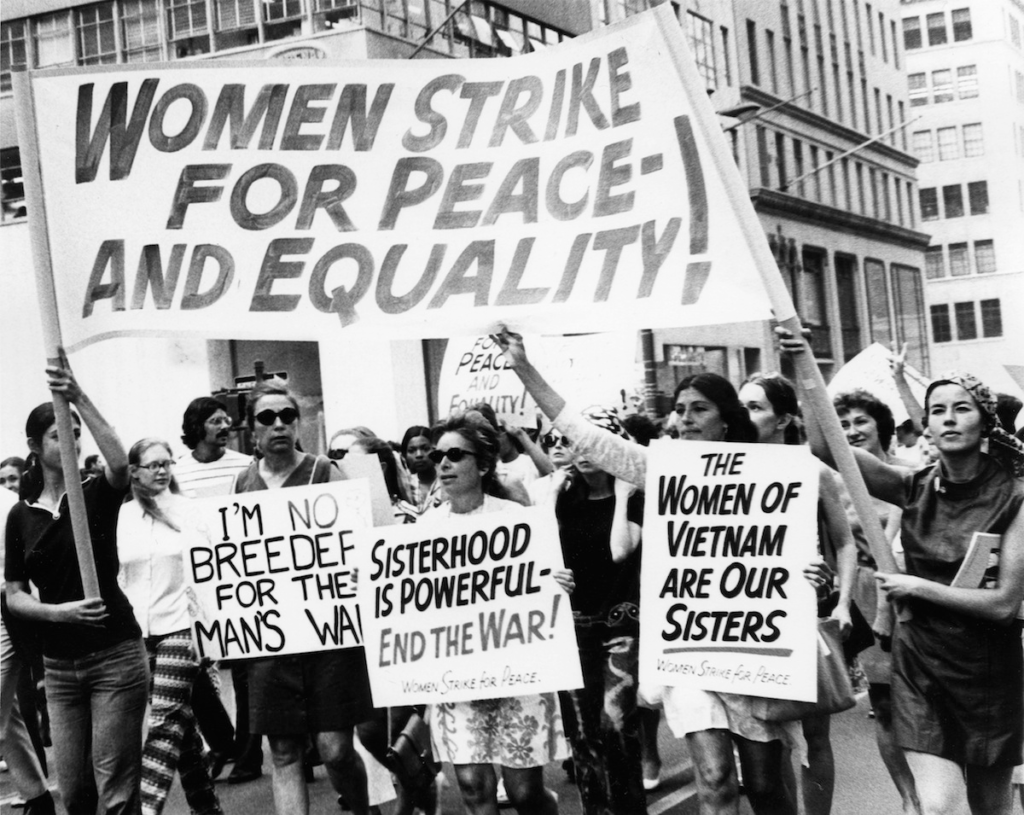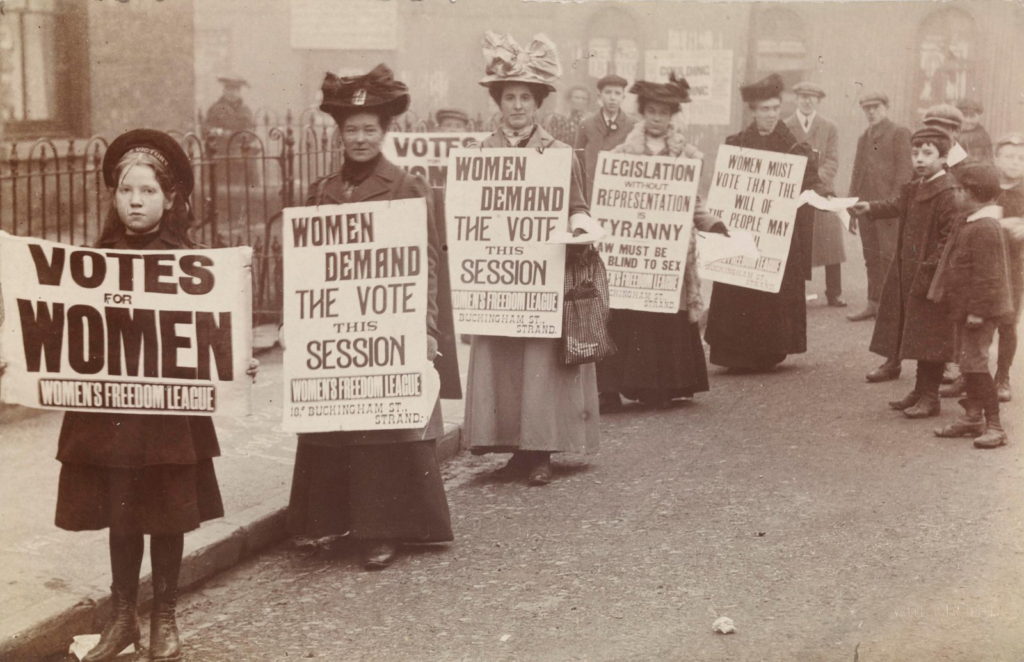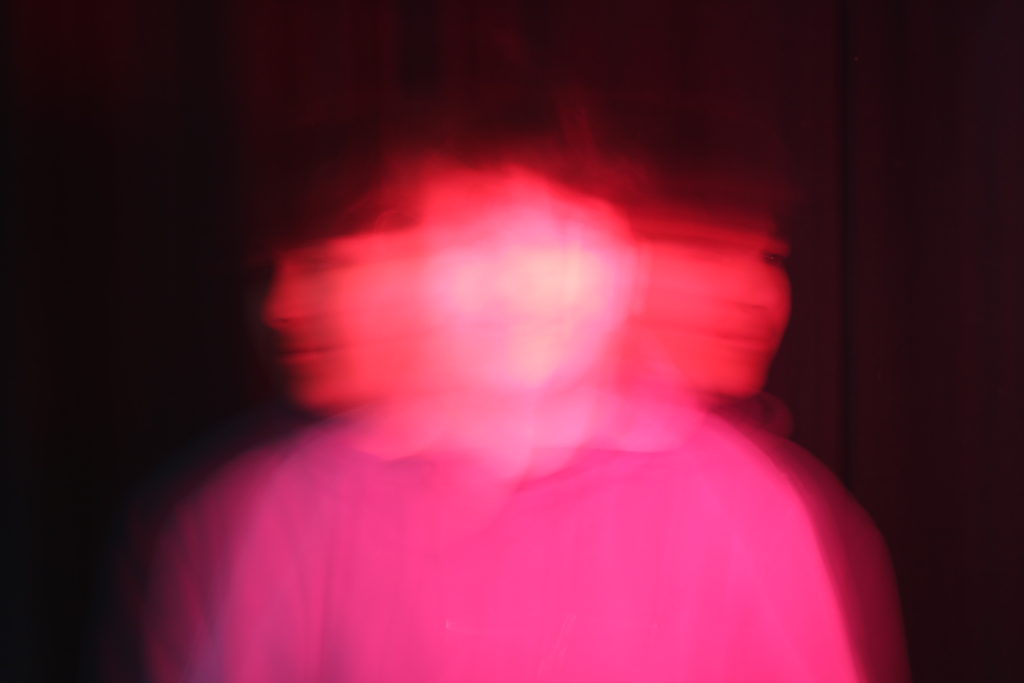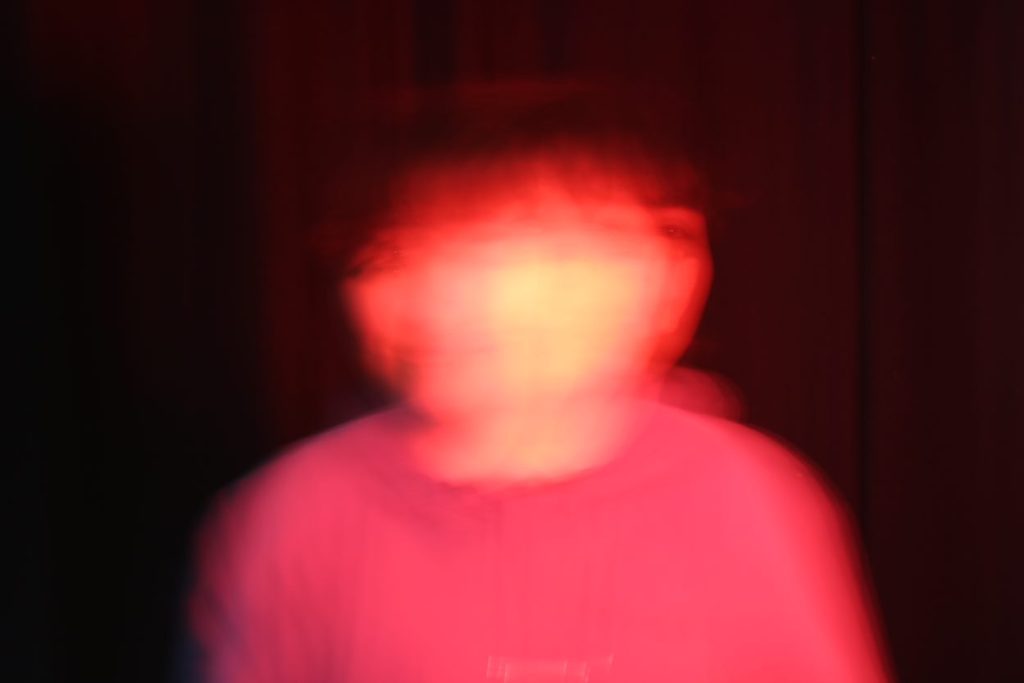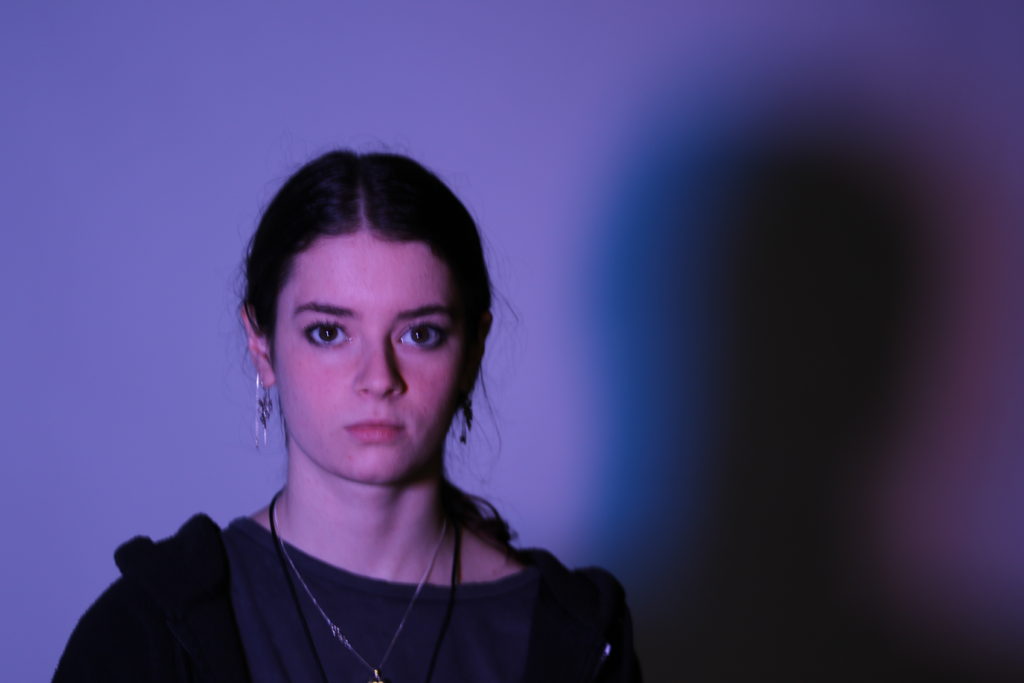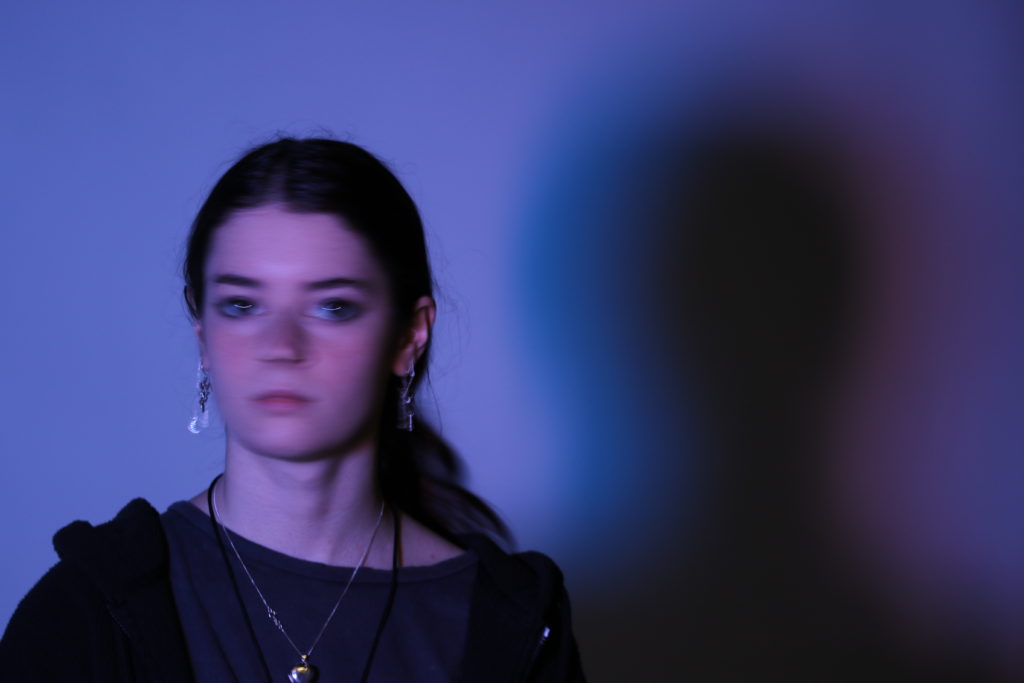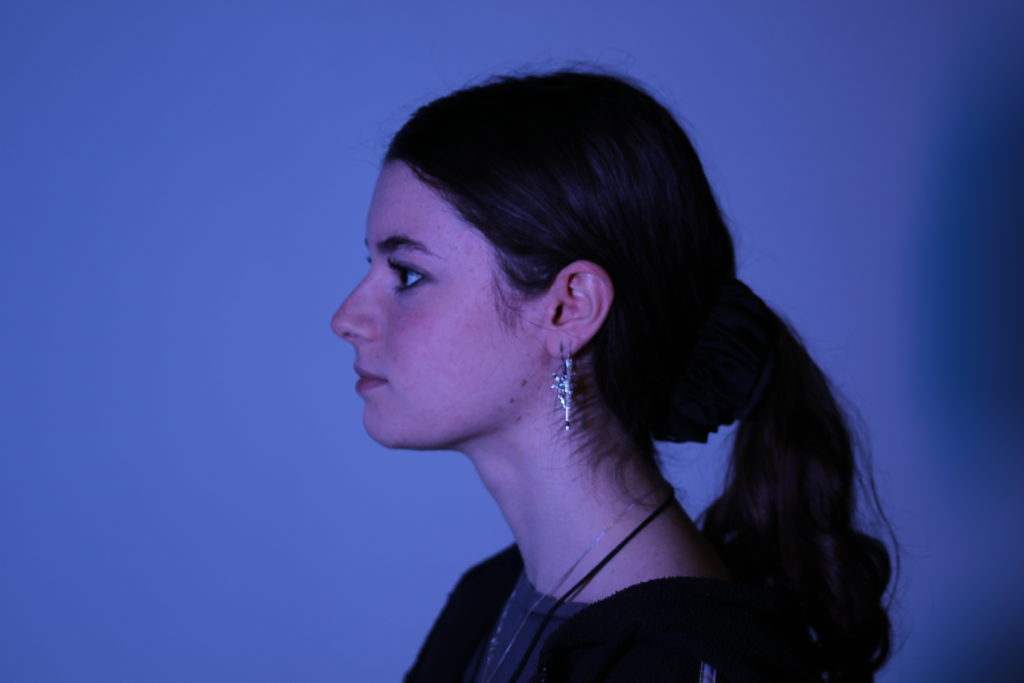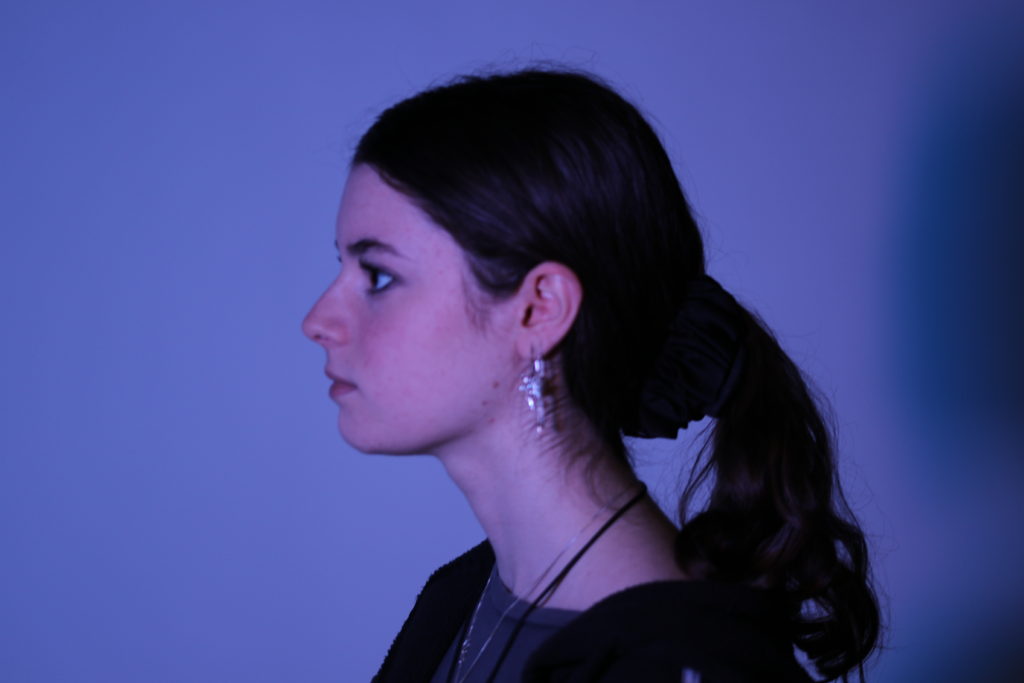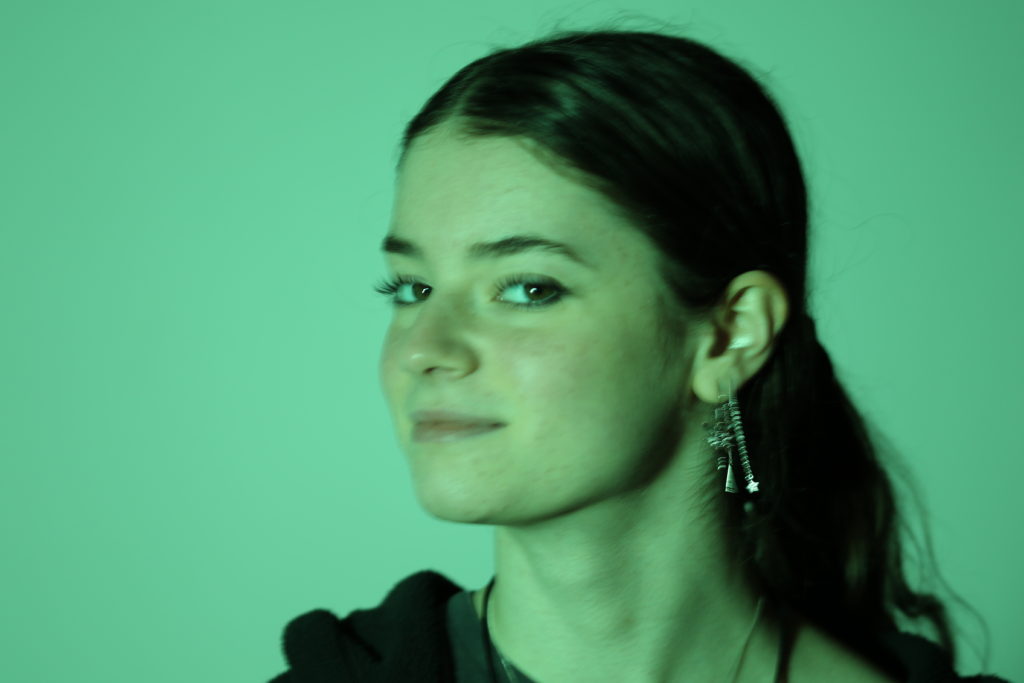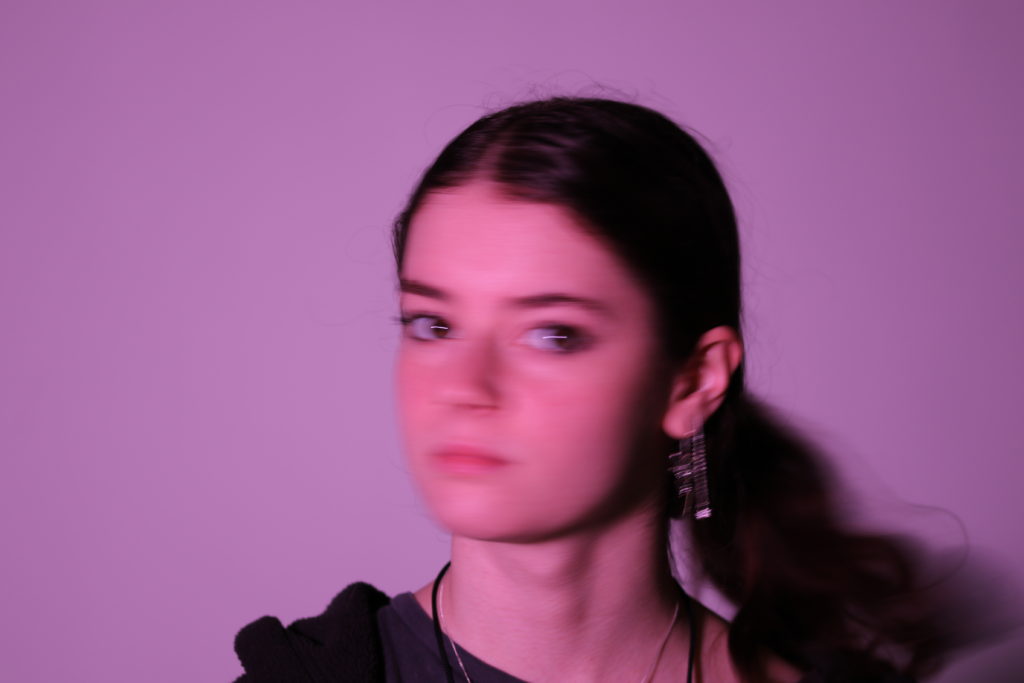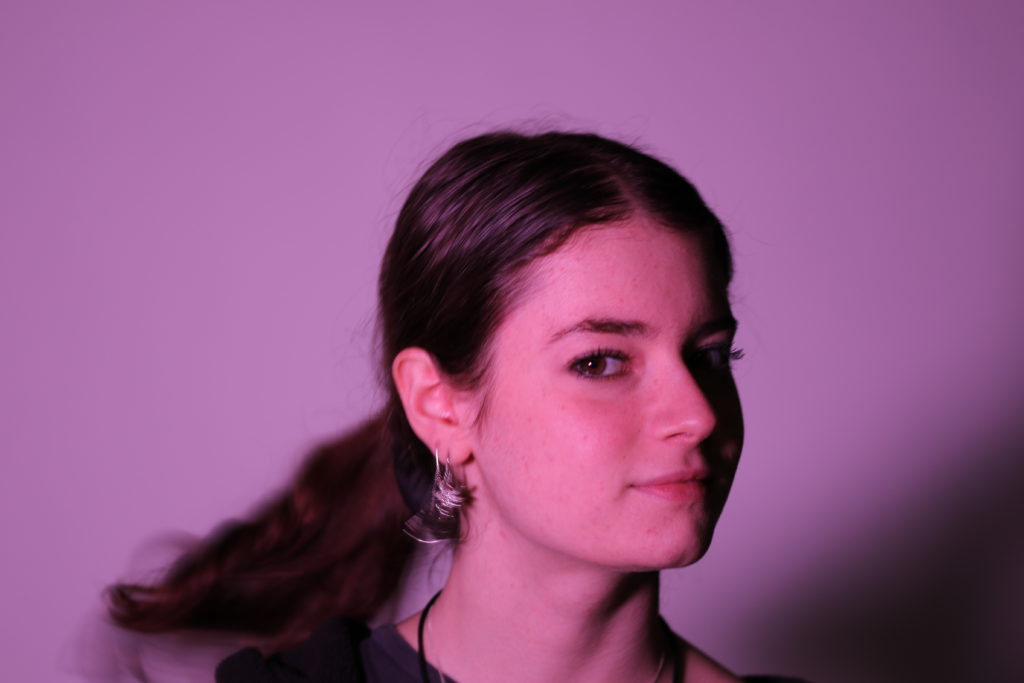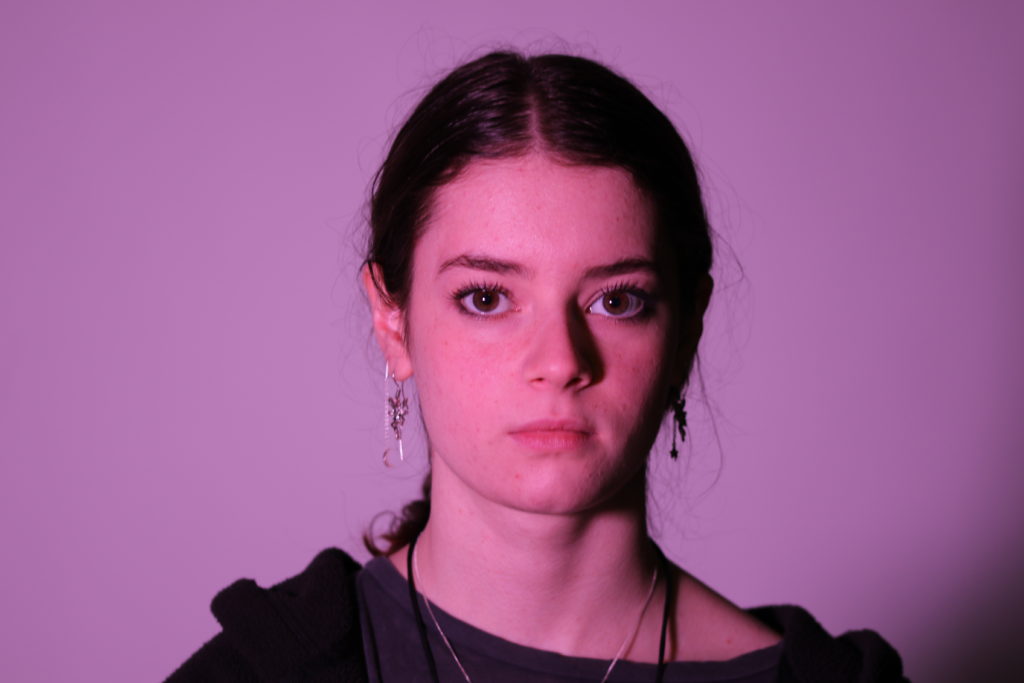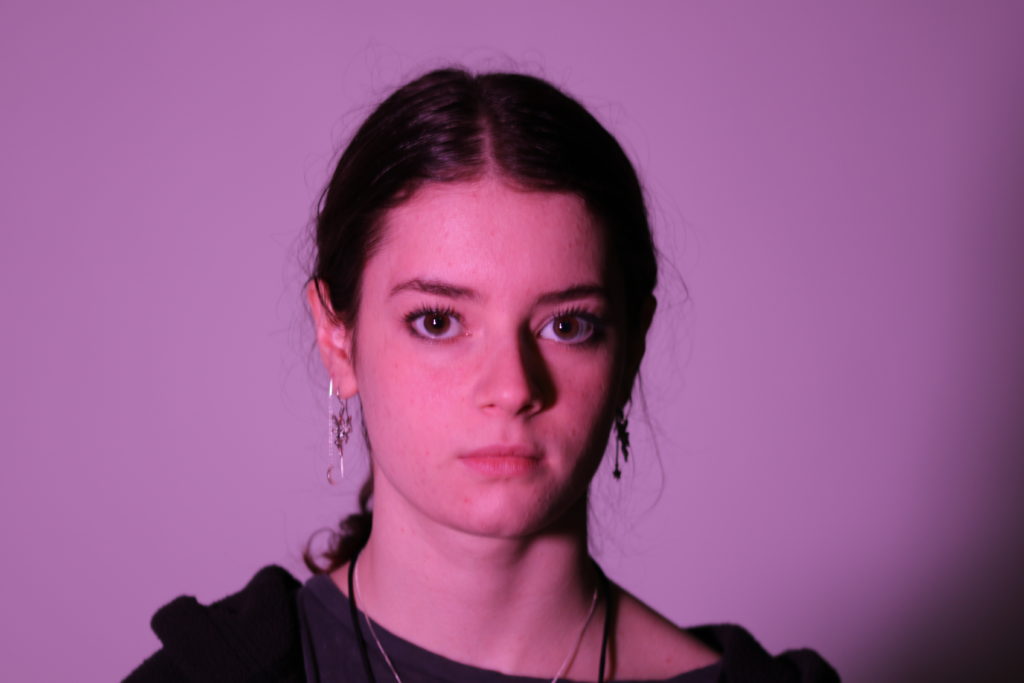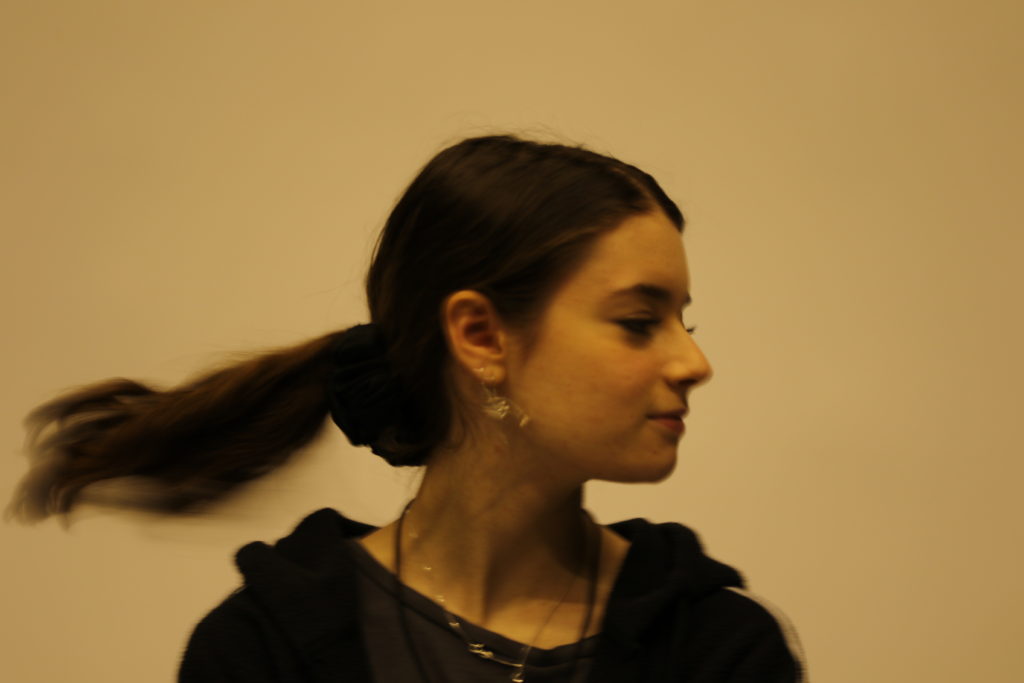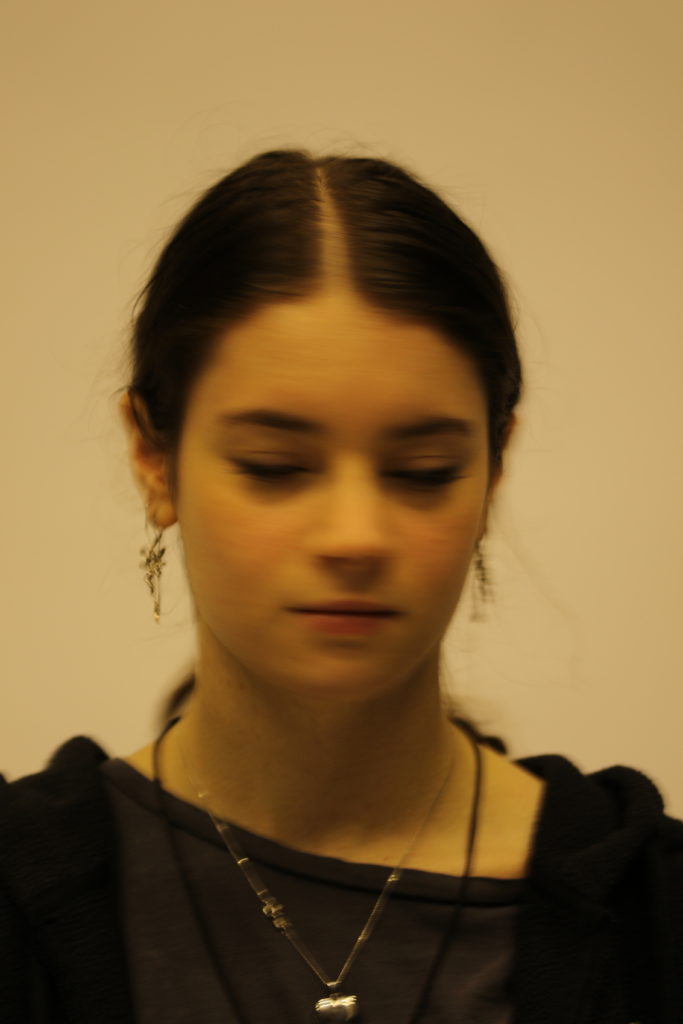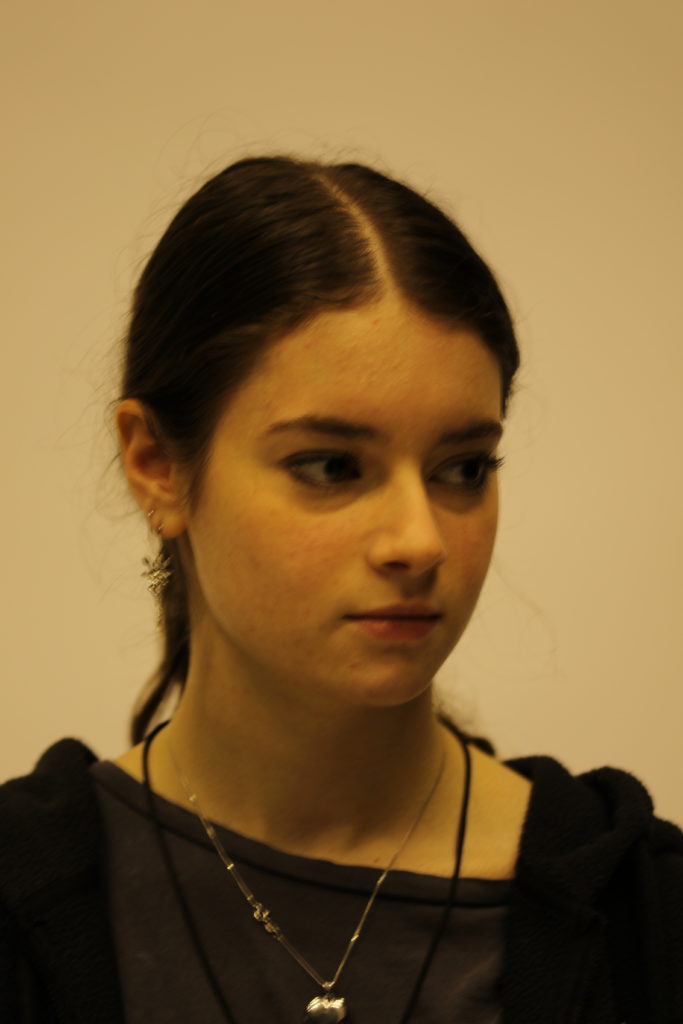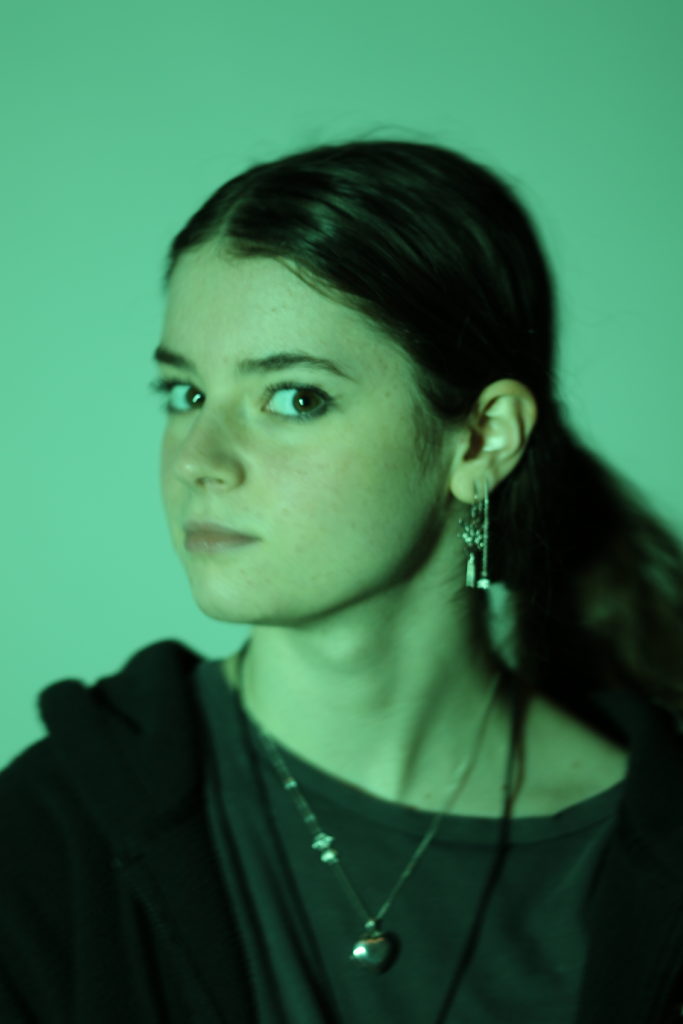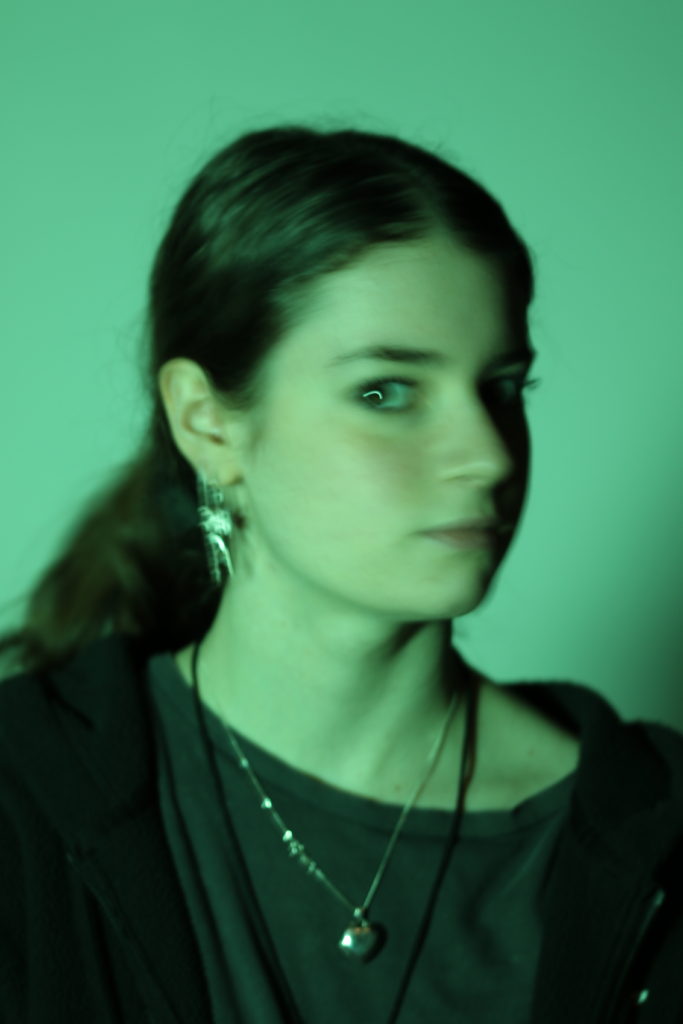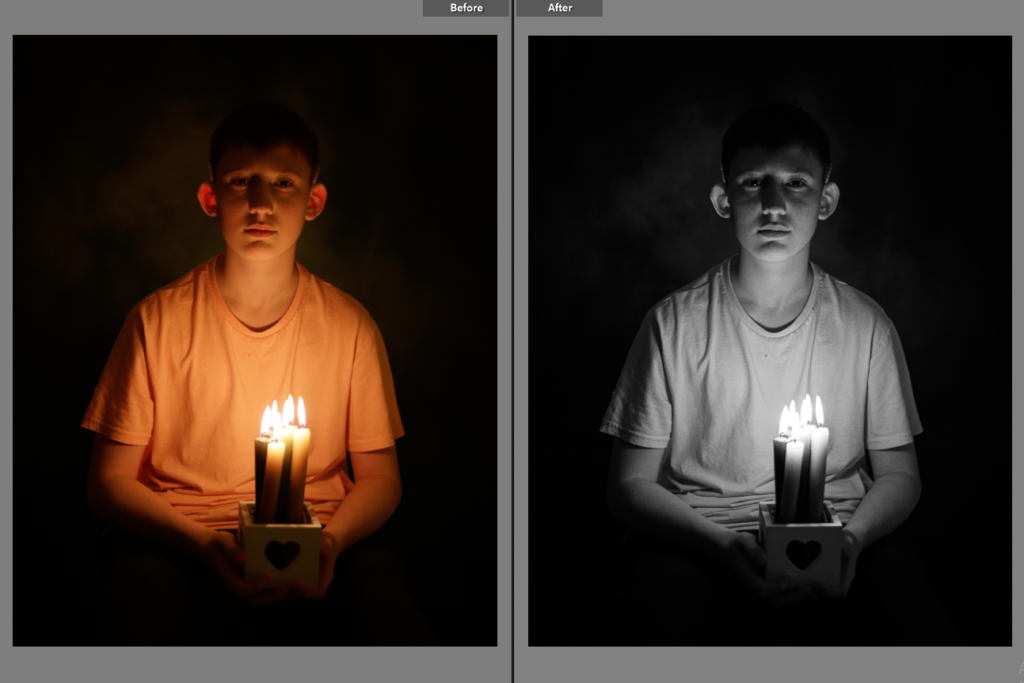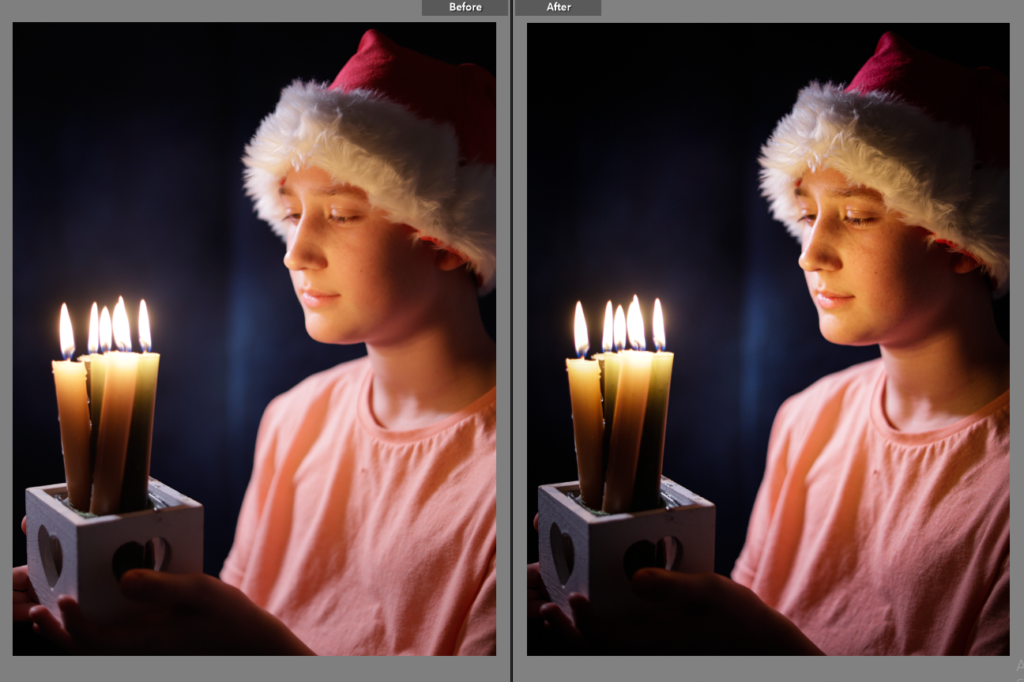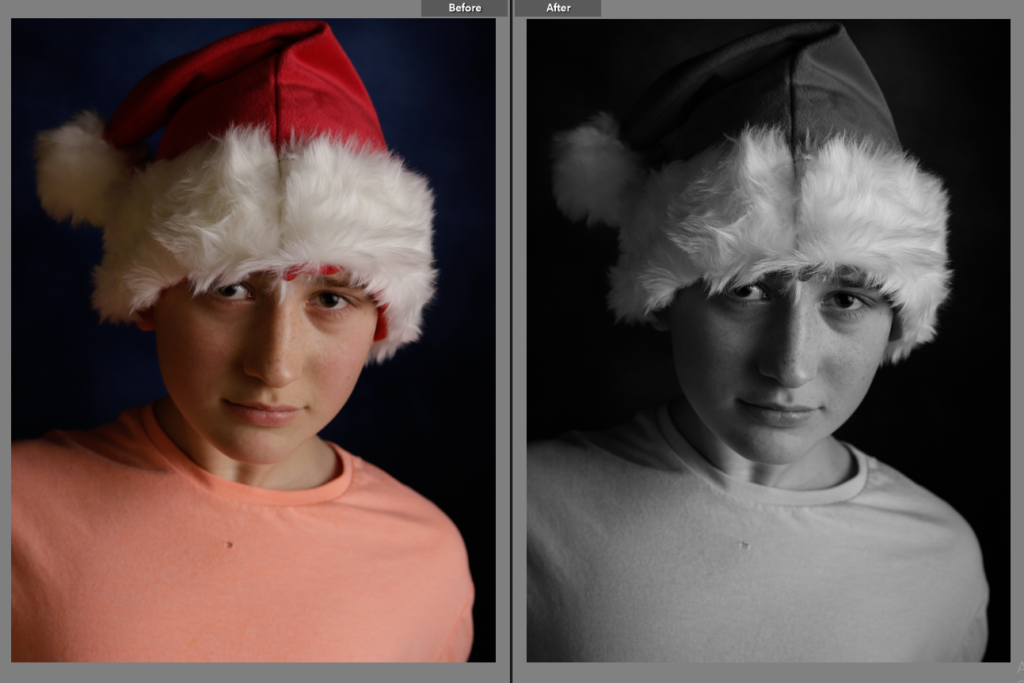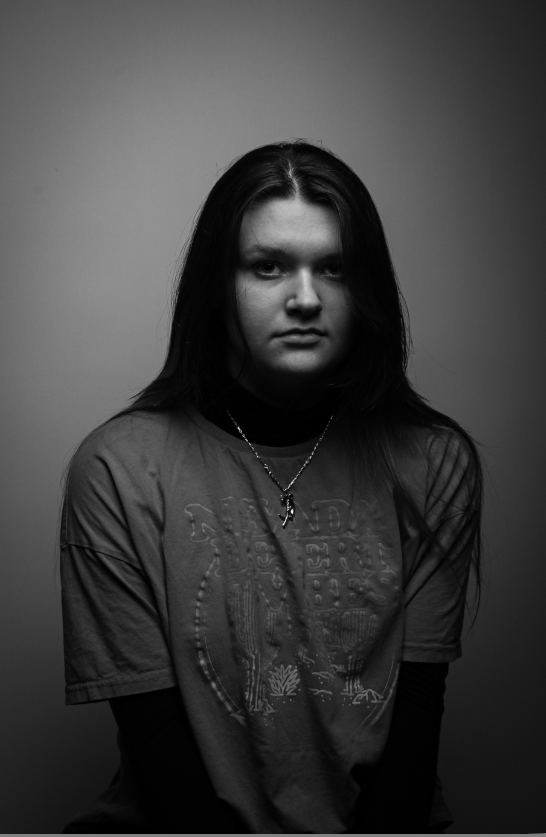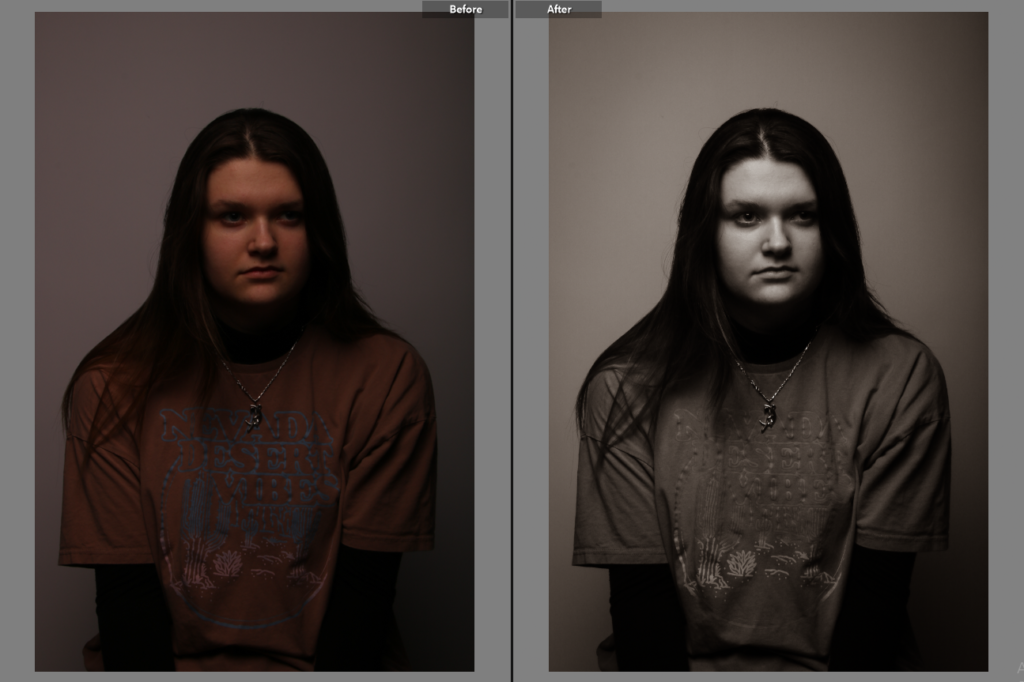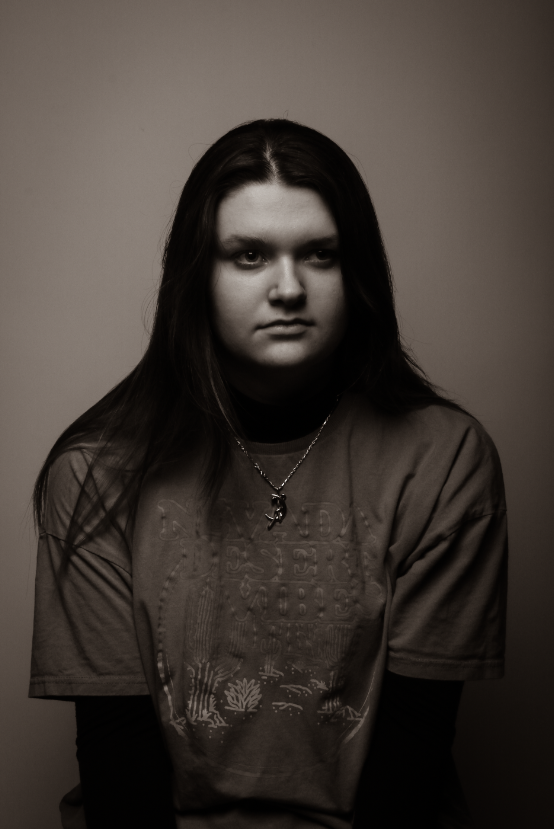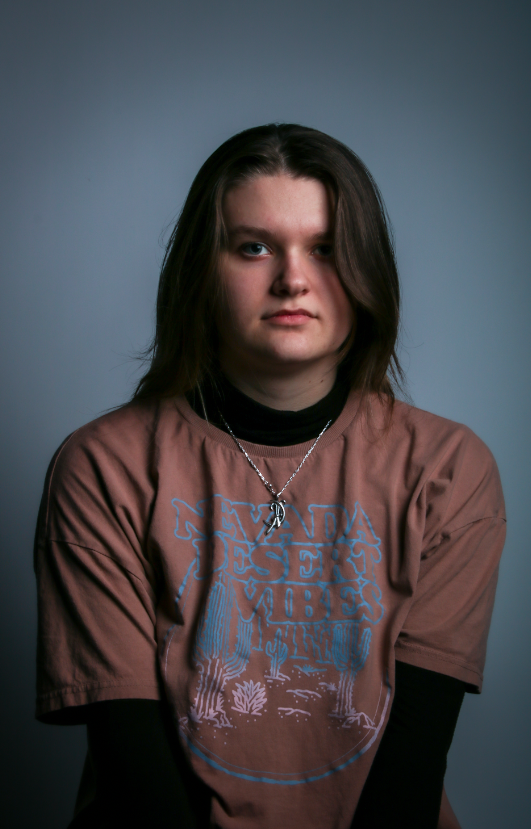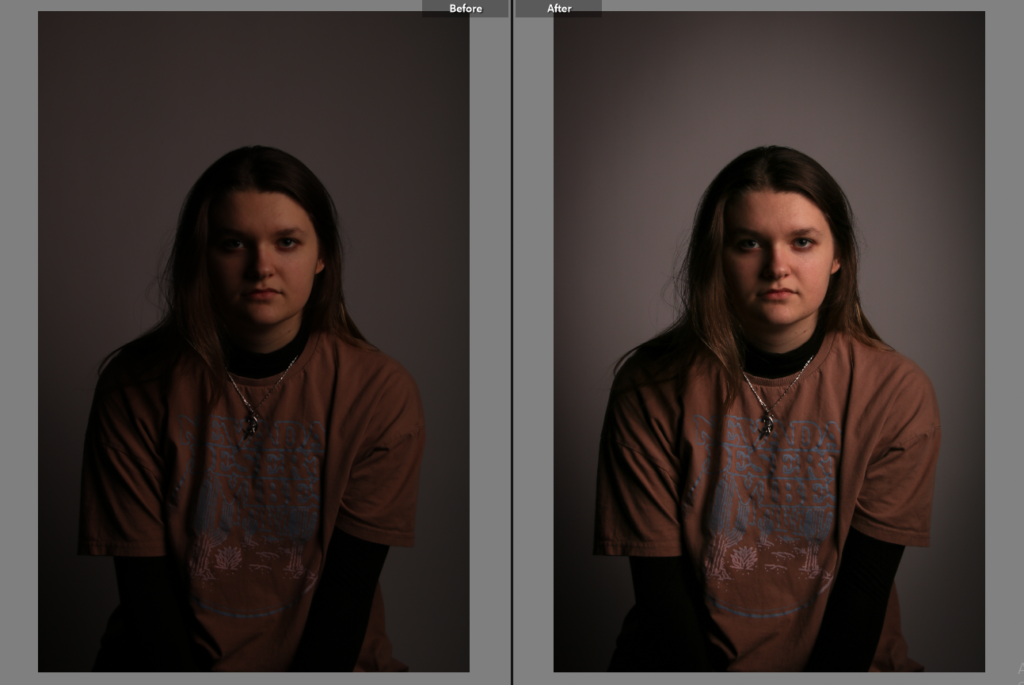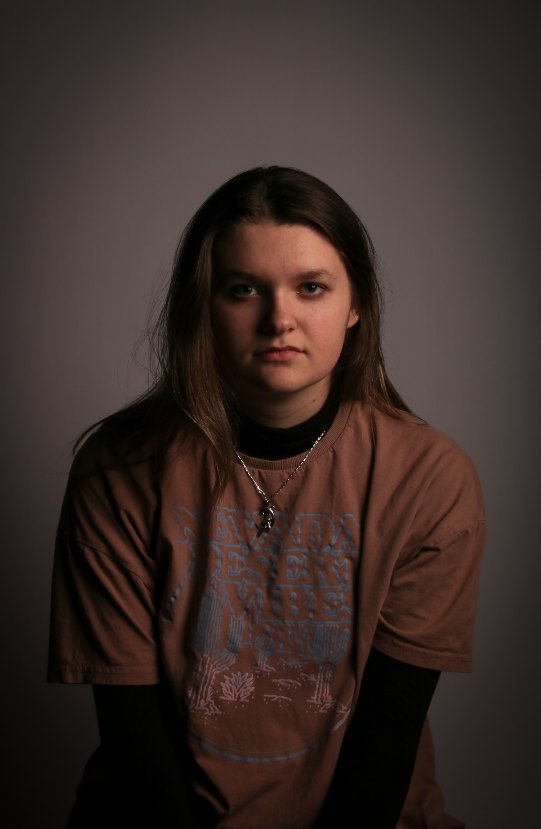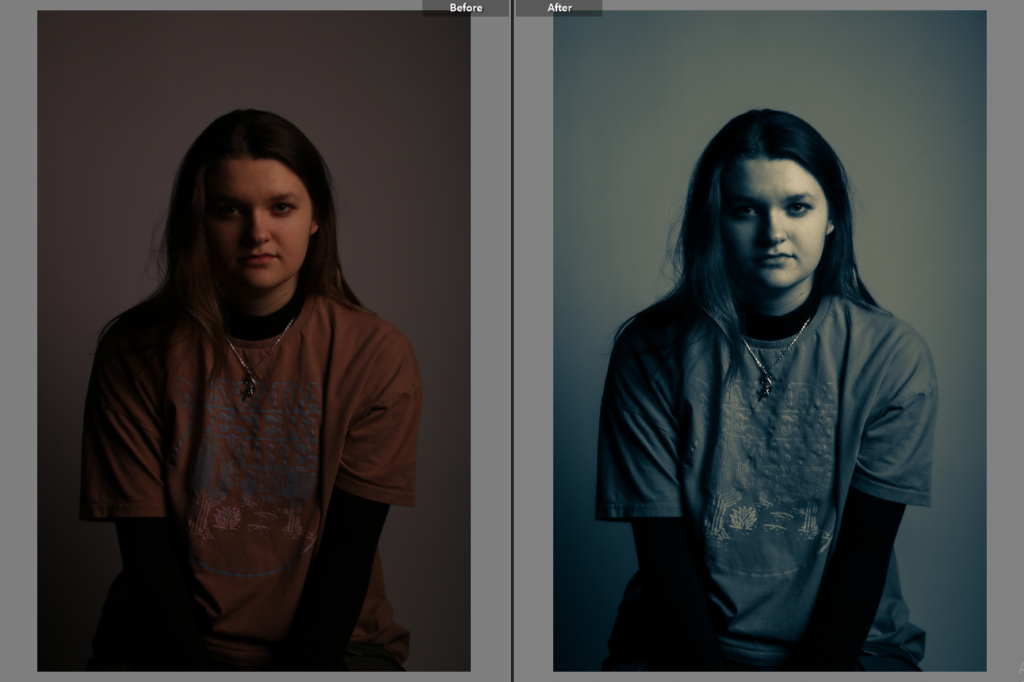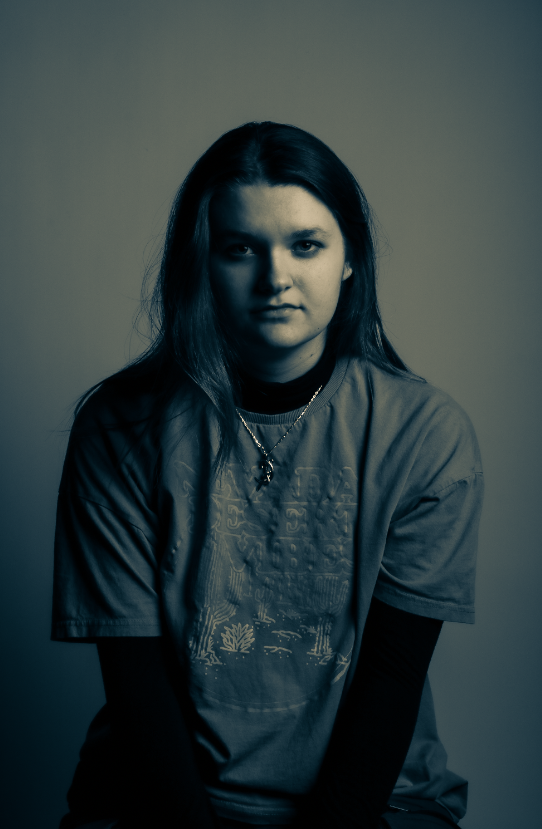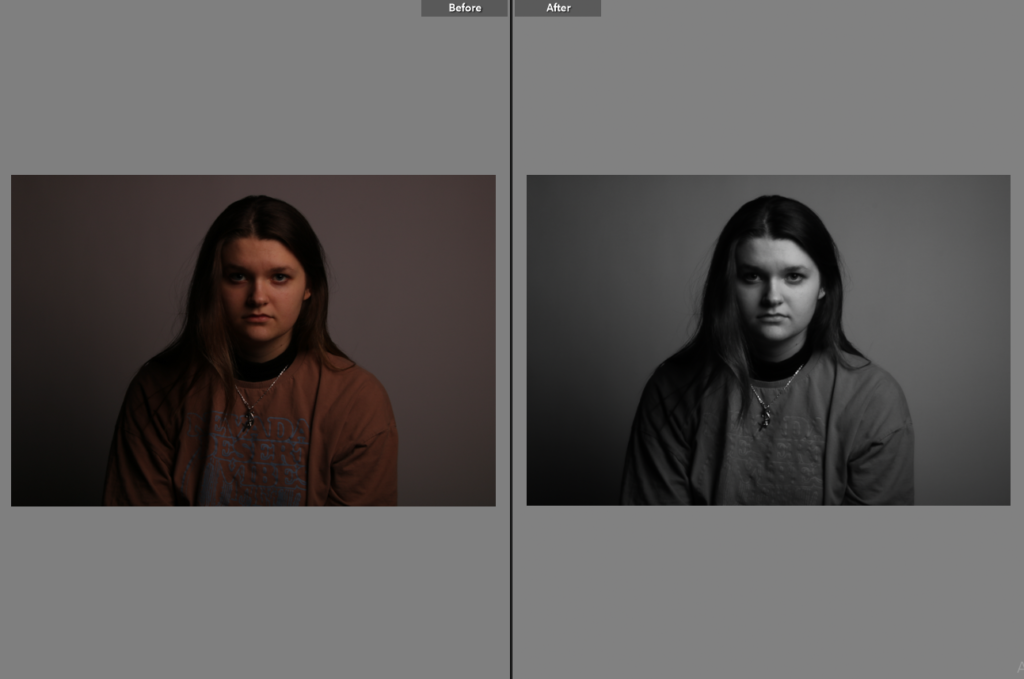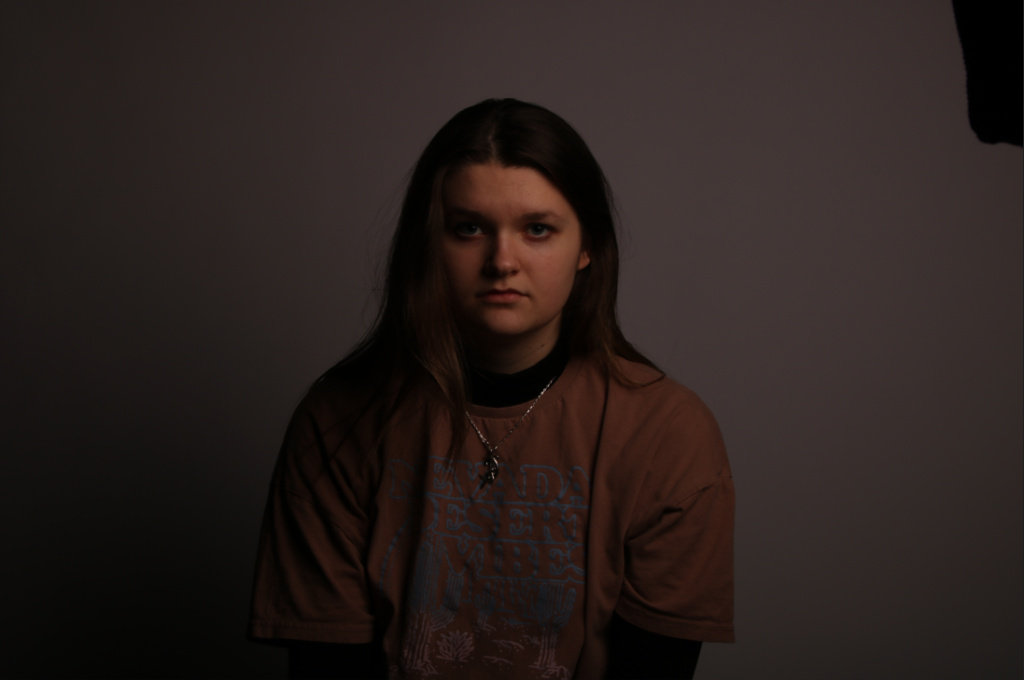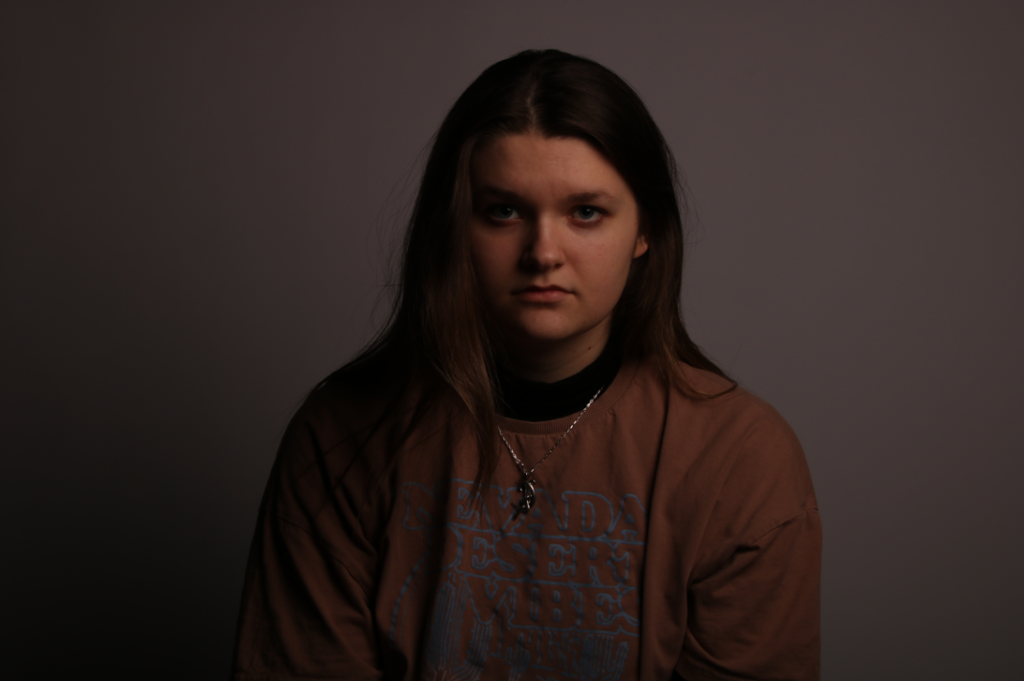About Milica Marković
Milica Markovic is independent author from Paracin, Serbia. She was born on 26th of March in 1984. The photography she creates is mostly a portrayal of her state of mind, and often these are self-portraits. She specialises in black and white portraits, mostly distorted or obscured in some sort of way.
‘Milica Marković may only photograph herself because she is least ashamed in front of herself, free, relaxed, unrestrained, dark or empty of herself. Shame is condemned by some, while for others it is an expression of the moral, that is, the connection with the divine. She probably wants to surprise herself and like a skilled psychonaut, travels around her innerself. Many have exemplified that the soul, aside from light areas, also has areas of fear, dread, tension, unfulfilled desires and unreasonable passions’.
– Dejan Đorić, art critic

Her Work

Not even the tears
Photography by Milica Marković (Serbia)

Photography by Milica Marković (Serbia)

Photography by Milica Marković (Serbia)

Photography by Milica Marković (Serbia)

Photography by Milica Marković (Serbia)

Photography by Milica Marković (Serbia)

Photography by Milica Marković (Serbia)

Photography by Milica Marković (Serbia)
Her self- portraits portray her in a very abstract and distorted way, the black and white creating a lot of contrast within the picture as well as creating a more isolated and mysterious environment. They present her as lonely yet beautiful in an eerie, unique way; the multiple exposures and blurred effects adding a sense of timelessness to her photos. She explores her femininity in her pictures, presenting her self as both powerful and delicate.
Image Analysis

Photography by Milica Marković (Serbia)
This photograph is a multi- exposure, the main area of focus being the profile of Marković, her face showing a clamed, neutral expression with her eyes closed. Another layer can be seen in the image, a similar profile portrait of her being in the top left corner of the photo, yet this time facing the other way, the lips aligning with the forehead of the centred picture.
I found this photograph very inspiring and interesting, the title ‘Nobody loves you like I do‘ having an interesting link with the photo itself. The soothed expression she wears on her face creates a serene and tranquil mood throughout the picture. The composition of the piece is very specific, the second portrait being in a positioned in a way that creates an illusion that she is kissing herself on the forehead, being a portrayal of the commonly- used metaphor ‘no one can love you more than yourself’, as well as being a clear inspiration for the title of her piece. The title is very engrossing, as she is talking to her self, causing this to be a very personal and intimate piece, the closed eyes highlighting how she is being soothed by the kiss. The light background shining through from behind her darkly silhouetted body creates a intense contrast in the image, causing her to stand out even further. The photo includes a wide tonal range, varying from the lightest greys and the darkest areas of black. The second portrait of herself is much more blurred and obscured by the background, causing there to be a ghostly feeling throughout the picture and making the second exposure to seemingly blend in with the background. This causes the centred portrait to be an area of focus, being detailed and clear, her features being the most pronounced thing in the entire photograph. This photo consists of a very shallow depth of field, the entire background being hazy and shadowy, clearly representing that nothing else matters in the photo. Despite the distortion of her face, she still manages to present as feminine within her photos, creating beautiful yet mysterious photos.




